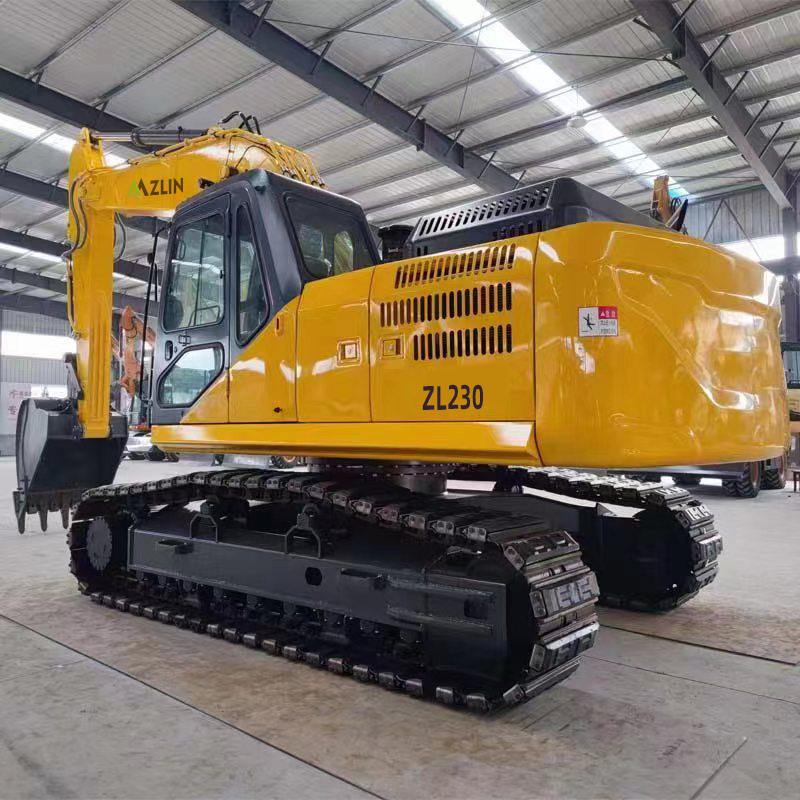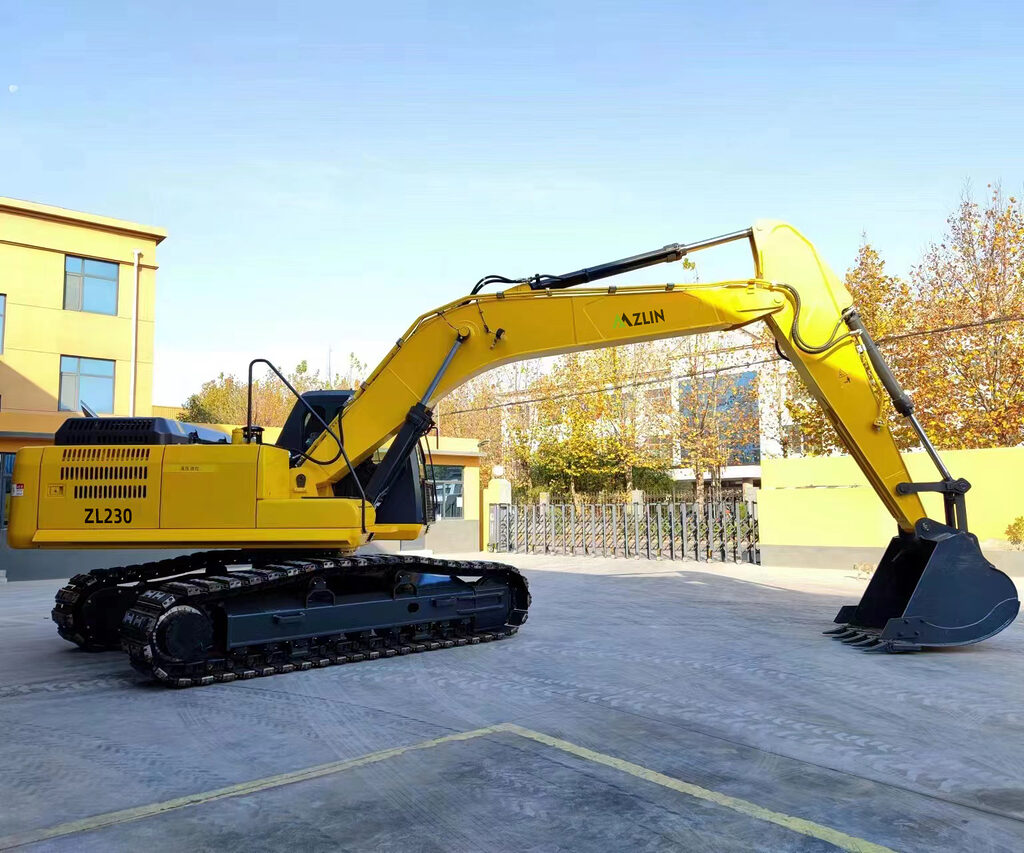Before choosing the right excavator, you need to understand the needs of the project, the working conditions of the construction site, the parameters of the excavator and other aspects. A detailed understanding of these aspects will help you choose a more suitable excavator so that you can achieve the best working results in the construction.
1. Scale of the project
If your project is a large-scale earthwork project, then you can choose an excavator of more than 30 tons. This size of excavator has a large bucket capacity, high bucket digging force, and higher work efficiency.
If your projects are mostly roads, bridges, etc., it is recommended to choose an excavator of about 20 to 30 tons. This size of excavator is relatively convenient to transfer, has strong adaptability, and can better meet the needs of different projects.
If your projects are mostly municipal engineering or urban construction, then excavators under 10 tons are more suitable for you. This size of excavator is small and easy to transport, allowing for flexible construction even on sites with limited space.

2. Performance of excavator
The performance of the excavator is one of the most important factors when purchasing an excavator.
Digging depth: Digging depth is the most critical parameter in choosing an excavator model. You need to consider estimating the digging depth required for the project in advance. If you need to dig at different depths, the most commonly used digging depth should be the main one.
Digging distance: The maximum digging distance of an excavator depends on the length of the excavator arm and the depth of the bucket. Generally speaking, the maximum digging distance of small excavators is about 5-6 meters, the medium-sized excavators is about 7-10 meters, and the large excavators can reach more than 20 meters.
Lifting capacity: Because the excavator can also be used to move materials, its lifting capacity is also critical. Consider the lifting capacity of the excavator in terms of the maximum weight of the material you need to lift.
Bucket capacity: The bucket capacity of different size excavators is different. The bucket capacity of small excavators is about 0.1-0.3 cubic meters, the medium-sized excavators is about 0.4-0.6 cubic meters, and the large excavators can reach 1 to 2 cubic meters.
Hydraulic accessories: Excavators equipped with different hydraulic accessories can better meet the needs of different projects. Commonly used hydraulic accessories include breaker, auger, bulldozing blade, grapple, etc.

3. Excavator components and functions
When purchasing an excavator, you need to have a general understanding of the components and functions of the excavator in order to choose more suitable equipment.
Crawler excavator is composed of cab, boom, chassis, engine, hydraulic system, bucket and other parts.
If you want to know more about excavators and other construction machinery, welcome to contact us!